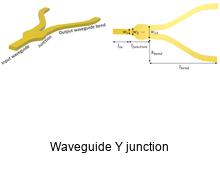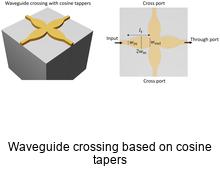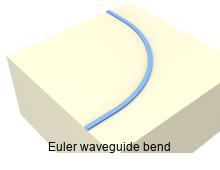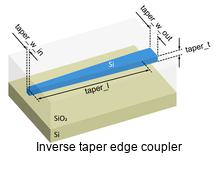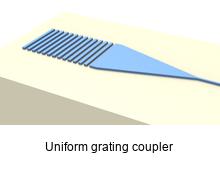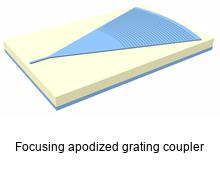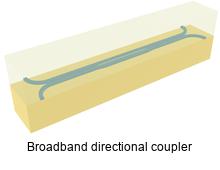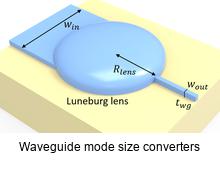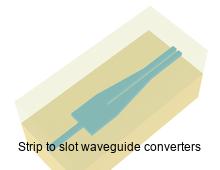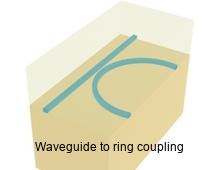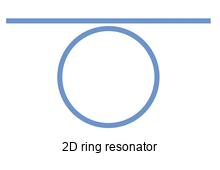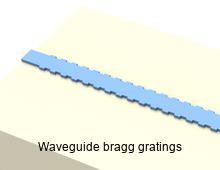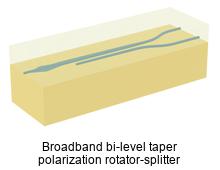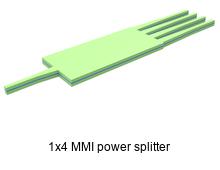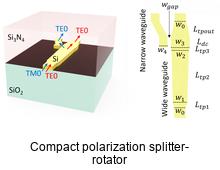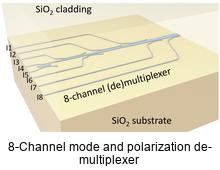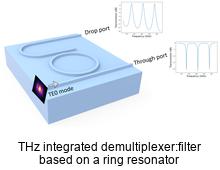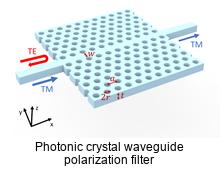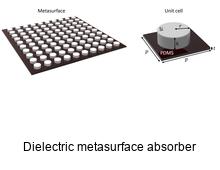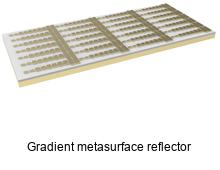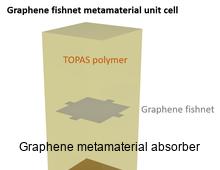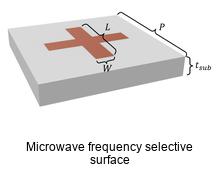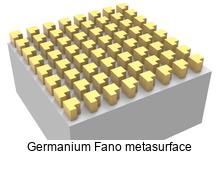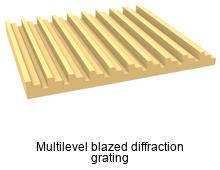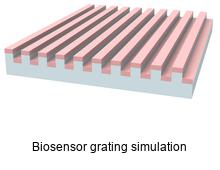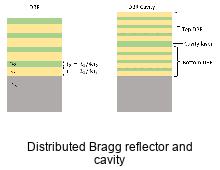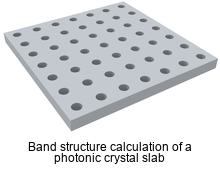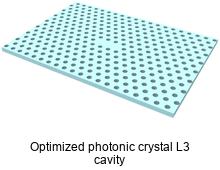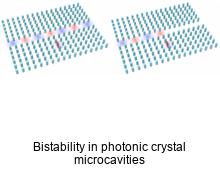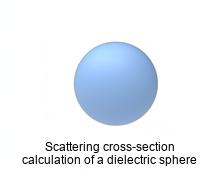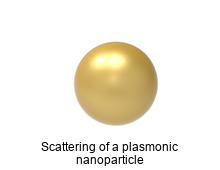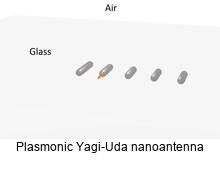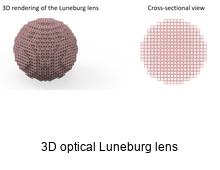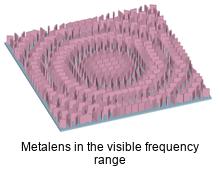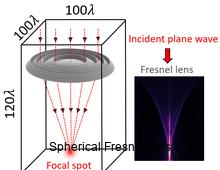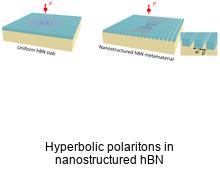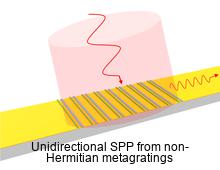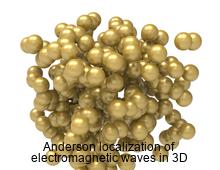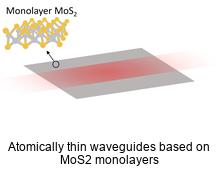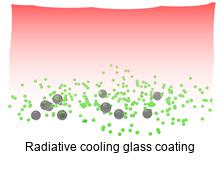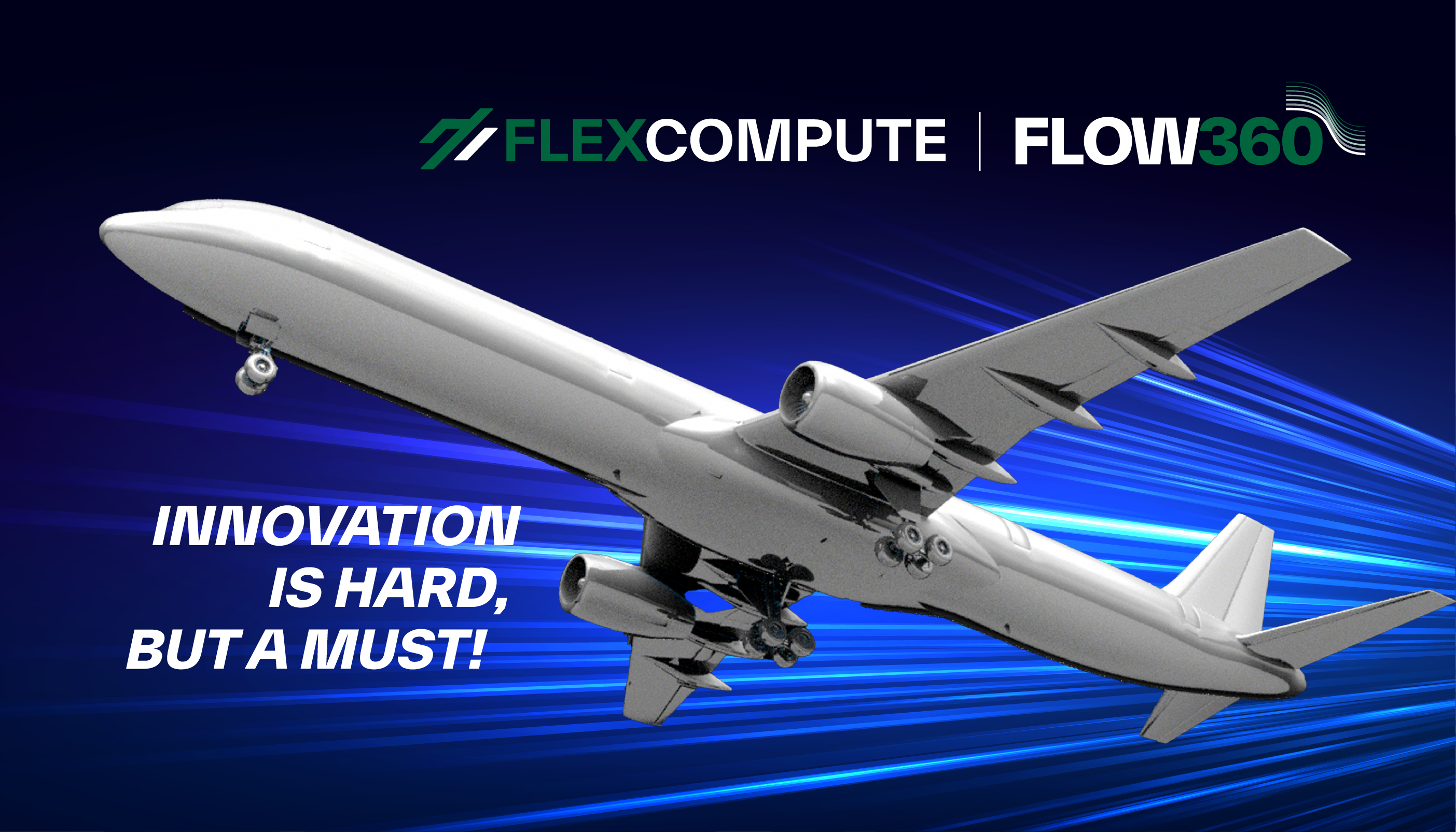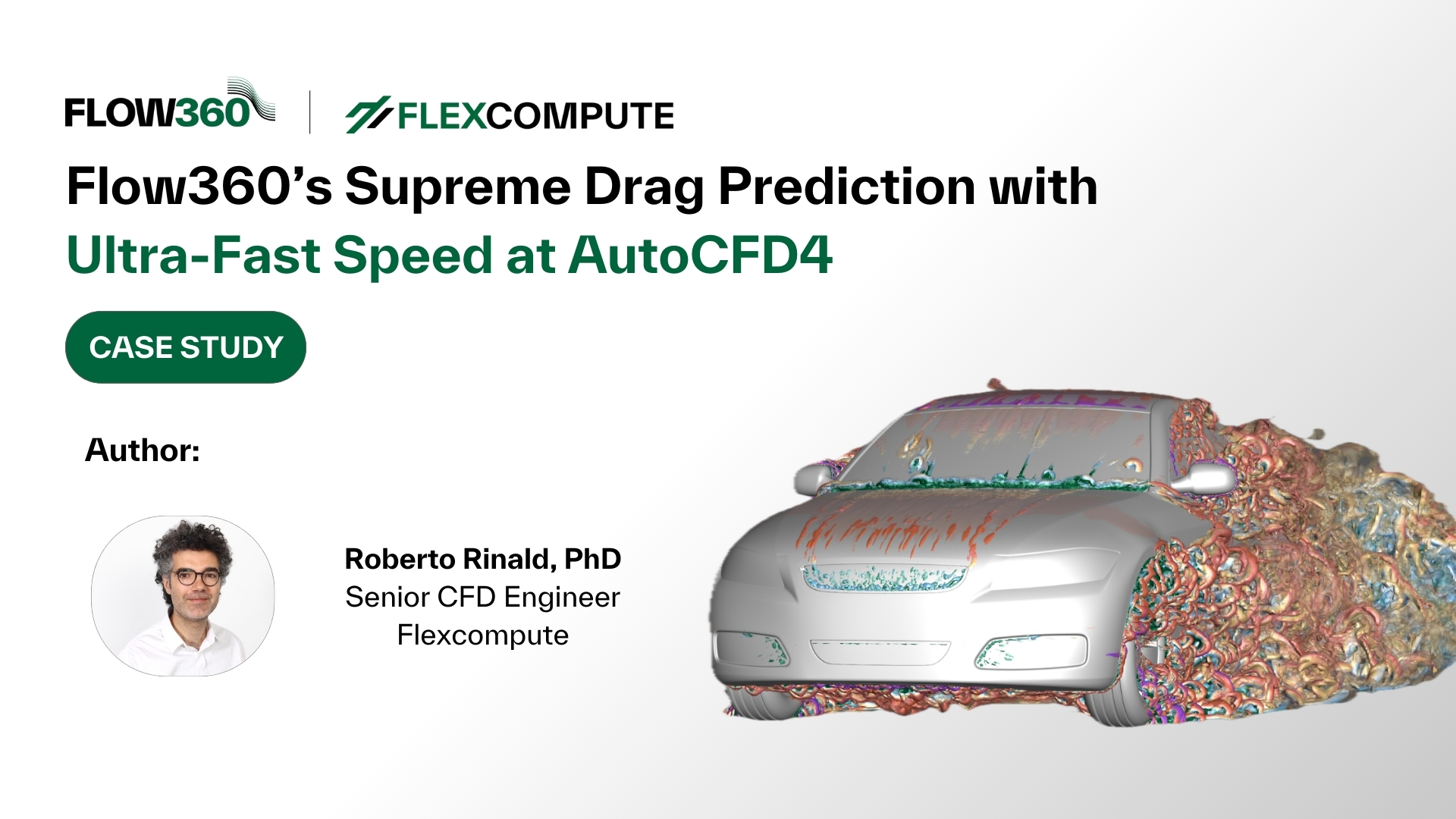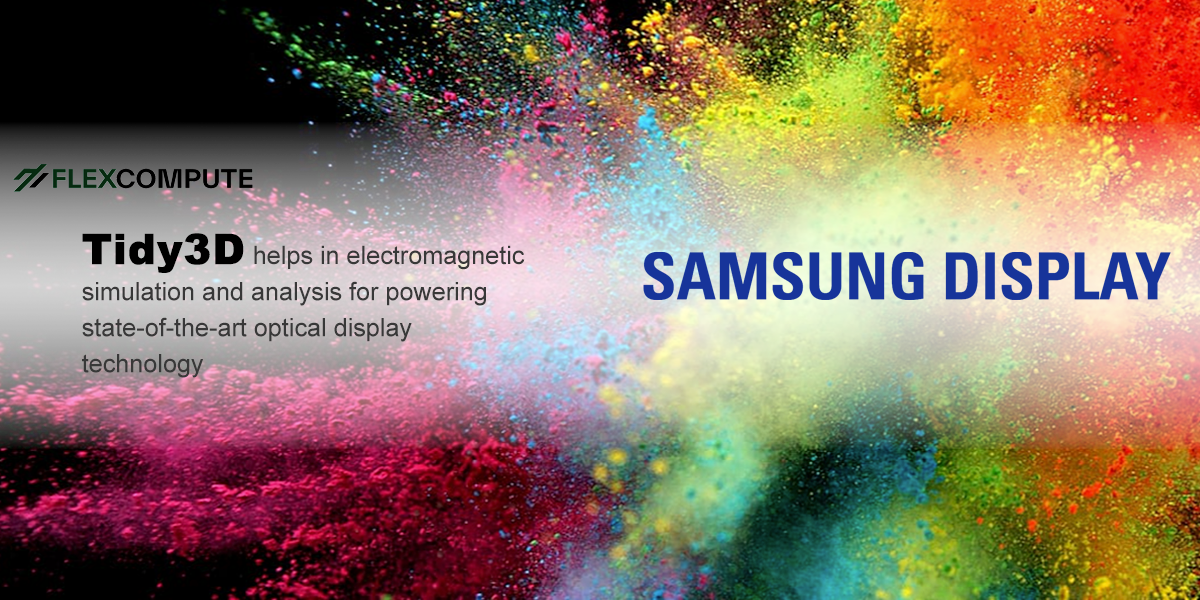What fields and industries can benefit from FDTD simulations?
The finite-difference time-domain (FDTD) method, as implemented in Tidy3D, is used to rigorously solve Maxwell’s equations to quantitatively describe the complex interactions of electromagnetic waves with different materials and structures. It has found a plethora of applications spamming a wide frequency range, from below radio frequency (RF) in the MHz scale to above ultraviolet (UV) with a wavelength below 100 nm. FDTD simulations are widely used in device design, validation, and verification across many fields, including telecommunications, integrated photonics, lens design, metamaterials, photonic crystals, plasmonics, and so on. In this article, we explore some of the key categories where FDTD is an indispensable tool.
Photonic Integrated Circuit Component
Photonic integrated circuits (PICs) are at the forefront of optical technology, merging multiple photonic functions onto a single chip. Similar to how electronic integrated circuits revolutionized electronics by miniaturizing and combining numerous electronic components, PICs are doing the same with optical elements. They use light to transmit and process information, which allows for higher speeds, greater data bandwidth, and less energy consumption compared to traditional electronic circuits. In addition, PIC can be designed to work as lidar or sensitive environmental sensors. Recent research and development also point to PIC as a promising platform for future quantum computers.
Complex PICs contain various functional components, such as waveguides, couplers, splitters, modulators, resonators, etc. FDTD is the most widely used tool for designing and optimizing integrated photonic components. In the realm of integrated photonic component modeling, the primary focus is on the propagation of waveguide modes. The ModeSource and ModeMonitor combination in Tidy3D can be used to launch and detect specific waveguide or fiber modes. The ModeSolver plugin is capable of computing various mode properties, such as effective index, group index, and mode profile. The ComponentModeler plugin can be used to calculate the scattering matrix elements of a multi-port device. Last but not least, the adjoint plugin enables Tidy3D users to design high-performance components with a compact footprint through inverse design. See more examples of various PIC components below.
- Waveguide
- Waveguide coupler, convertor, grating and resonator
- Splitter
- De-mutiplexer and filter
Periodic Photonic Structures
Periodic optical structures are a class of materials engineered to manipulate light in precise and often novel ways. This category encompasses a range of technologies, including metamaterials, metasurfaces, diffractive gratings, and photonic crystals, each with its unique approach to interacting with electromagnetic waves. Metamaterials are artificial materials with properties not found in nature, designed to bend and shape light in unconventional manners. Metasurfaces are the two-dimensional counterparts that allow for the control of light with subwavelength-patterned interfaces. Diffractive gratings split and diffract light into several beams, capitalizing on the wave nature of light to create interference patterns. Photonic crystals, structured with periodic dielectric or metal-dielectric materials, create a band gap for photons, influencing the propagation of light in much the same way that the periodic potential in a semiconductor crystal affects electrons.
With the convenient periodic boundary condition and Bloch boundary condition features, modeling periodic structures in Tidy3D is extremely easy and fast. On the other hand, we often need to model finite periodic structures since real-world devices always have a finite size. This kind of simulation is usually computationally intensive and that’s where the scalability and ultrafast speed of Tidy3D really shine.
Optical Scattering and Far-field Radiation
Optical scattering and far-field radiation are fundamental concepts in the study of light behavior, crucial for understanding and designing a wide range of optical systems. Optical scattering refers to the deflection of light rays when they encounter irregularities or particles within a medium, causing light to spread in various directions. Far-field radiation, on the other hand, pertains to the region where light waves propagate freely after emanating from a source or after interacting with an object, typically considered when the distance from the source or object is significantly greater than the wavelength of the light. In this regime, the light waves can be approximated as plane waves, simplifying the analysis of optical systems.
Tidy3D offers several useful features that aid users in simulating optical scattering and far-field radiation. One of these features is the total-field scattered-field (TFSF) source, which acts as an artificial boundary within the simulation. It introduces the incident field into the total field region and ensures that only the scattered field is present in the scattered field region. By doing so, it makes it easier to calculate various scattering properties.
Additionally, the near-field to far-field projection monitors allow users to simulate a small domain and compute the fields far away based on the fields in the near-field region. For example, this feature is particularly useful for simulating large lenses with a long focal length.
Other Nanophotonic Systems
Besides what’s been introduced previously, FDTD is also widely used in the modeling of various other state-of-the-art nanophotonic systems. Just to list a few:
- Plasmonics explores the interaction between electromagnetic field and free electrons in a metal. The ability of plasmonic materials to confine light into tiny volumes beyond the diffraction limit of light makes them extremely useful for a variety of applications, such as nanoantenna, sensors, etc..
- Polaritonics is a field that studies the behavior of polaritons, hybrid quasiparticles that blend the properties of light and matter, arising from the coupling of photons with excitations such as phonons or excitons in a solid.
- Topological photonics is a rapidly growing research area that applies the concepts of topological order, originating from condensed matter physics, to the manipulation of light.
- Photonics with 2D materials, such as graphene, MoS2, etc., represents a burgeoning research domain that leverages the unique optical properties of atomically thin materials, like graphene, transition metal dichalcogenides (TMDCs), and black phosphorus, to manipulate light at the nanoscale. See the example of Hyperbolic polaritons in nanostructured hBN.
The progress of these innovative fields requires tools that can solve Maxwell’s equations accurately, quickly, and at scale. Therefore, tools like Tidy3D will always remain at the forefront of engineering and academic research to power future technological breakthroughs.

